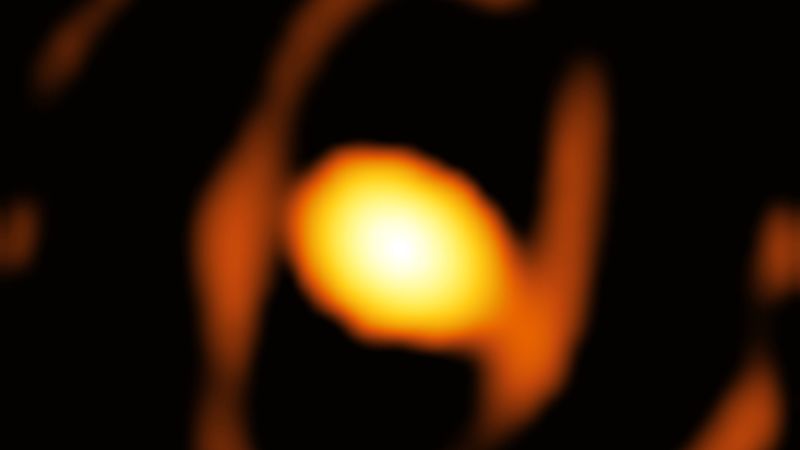
Control Of Aircraft
Control of Aircraft in aerospace engineering refers to the methods and systems used to manipulate the flight direction, altitude, speed, and overall movement of an aircraft. This is achieved through the use of various control surfaces such as ailerons, elevators, and rudders, which are moved by the pilot via the aircraft's control system. The control system typically includes mechanical linkages, hydraulics, or fly-by-wire electronic systems. The pilot inputs commands through devices like the control stick or yoke, rudder pedals, and throttle. These commands are then translated into movements of the control surfaces, which alter the flow of air around the aircraft and thus change its direction or speed. The control of aircraft also involves the use of avionics systems for navigation, communication, and flight management. These systems provide the pilot with information about the aircraft's position, speed, altitude, and direction, and can also automate certain aspects of flight control. The control of aircraft is a complex task that requires a deep understanding of aerodynamics, control systems, and avionics.
Your Previous Searches
Random Picks
- Malfunctions: Malfunctions refer to any unexpected or undesired behavior of a spacecraft or its components during a mission. These can be caused by a variety of factors, including design flaws, manufacturing defects, environmental conditions, or human er ... Read More >>
- Nanoscale Components: Nanoscale components refer to the tiny devices and structures that are designed and fabricated at the nanometer scale, typically using advanced manufacturing techniques such as nanolithography and self-assembly. In the context of space and ... Read More >>
- Psychological Evaluation: Psychological evaluation is a process of assessing an individual's mental health, cognitive abilities, personality traits, and emotional functioning. In the context of space and astronautical engineering, psychological evaluation is conduct ... Read More >>
Top News

Archaeologists discover 4,000-year-old canals used to fish by predecessors of an...
Using drones and Google Earth imagery, archaeologists have discovered a 4,000-year-old network of earthen canals in what’s now Belize...
News Source: ABC News on 2024-11-22

First close-up image of a star beyond our galaxy may reveal impending supernova...
Astronomers have taken the first close-up image of a star beyond our galaxy, and it’s a “monster star” surrounded by a cocoon as it slowly dies....
News Source: CNN on 2024-11-21

Bestselling author explains the science of happiness: "You can do the work"...
Bestselling author and Harvard professor Arthur Brooks opens up about how enjoyment, satisfaction and meaning in life can increase a person's wellbeing....
News Source: CBS News on 2024-11-18

November's full moon, known as the Beaver Moon, is the last supermoon of 2024. H...
November's full moon, known as the Beaver Moon, is the last supermoon of 2024. Here's when it peaks and why it's called the Beaver Moon....
News Source: CBS News on 2024-11-15

You can't put a price on the sense of awe particle physics inspires...
Astronomy and particle physics are no longer seen as vital by the US establishment, so funding has fallen. But our work creates a sense of wonder, and wonder matters, says Chanda Prescod-Weinstein...
News Source: New Scientist on 2024-11-13